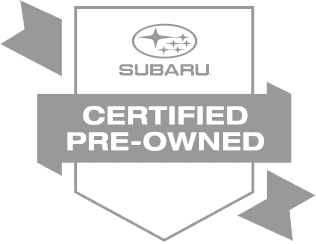- When you buy a new vehicle it depreciates in value the moment you drive off the lot. Can you imagine purchasing a new car and the way home opening your wallet up and tossing $5,000 out the window? Of course not, but when you buy your next new vehicle that’s roughly what you’re doing. You should buy things that appreciate in value, and rent or lease anything that depreciates.
- When you lease that shiny new vehicle your monthly payments will be around $100 a month less than what they would be on a conventional purchase, perhaps even more. That’s a minimum savings of $3,600 over a 36 month term.
- Short-term lease versus long-term financing. Forty eight (48) month financing the standard financing term some 30 years ago. As vehicles got more expensive and people wanted to maintain the same finance payments, customers started using finance terms of 60 months. From 60 months customers started to push out to 72 months and beyond. You can lease two vehicles for 36 months versus 72 months and have a lower payment over the same total term.
- No negative equity. People that sign up for 72 months financing are not at a break even point (the payoff of the vehicle is equal to the value) until about 4 years into the loan or possibly longer. Most people want to trade their car in within three years, which means they will roll somewhere around thousands of dollars of negative equity into their next loan. At the end of lease you have zero negative equity and there’s a possibility of having positive equity.
- Lower finance charges. With conventional financing you will end up paying anywhere from $2,000-$5,000 to borrow money from the bank (it could be more or less, but that is definitely a good range). It all depends on the cost of the car, your down payment, and interest rate. Some of the lease rates are less than 1% which means for a 36 month lease your total finance charges are less than $500.
- Less money out of pocket at the start of the transaction. The magic number when people use conventional financing is $2,500 for a down payment. Sometimes (depending on their negative equity) they will put $4,000 down, but $2,500 seems to be the average, which sometimes barely covers tax and motor vehicle in New Jersey. With a lease you put very little money down, but when you do that down payment works harder lowering your monthly payment more on the lease then the finance term.
- Covered under factory warranty. Every manufacturer has at least a 3 year, 36,000 mile, bumper to bumper warranty. When you do a lease for 3 years and 12,000 miles you’re totally covered by the factory warranty and even the 15,000 miles per year leases are generally covered for any of the expensive powertrain issues that might arise.
- More car for the same money. When it comes to leasing, you can afford more car for the same money. Maybe on a conventional purchase you can only afford the base model, but on a lease (since the payments are less) you can afford the model will all the bells and whistles and additional safety equipment.
- The newest technology. Cell phone manufacturers have this one dialed in. With the rapidly changing technology in the cell phone arena, cell phone companies have made it possible to trade phones every year to keep up the latest technology. By leasing a new vehicle you’ll be able to do the same and never have to wait to have the latest and greatest new vehicle technology as well as safety equipment.
- Able to bury more negative equity. If you have a vehicle that you’re trading that has negative equity, a lease can cover more of the negative since the bank advances off of MSRP as opposed to invoice. The added benefit to that is, once you trade all that negative equity in on a leased vehicle once the lease is up your negative equity is gone and quickly, three years quickly.
Conclusion
With all that being said, leasing isn’t for everyone. If you plan on buying a new vehicle and paying it off thereby keeping it several more years then perhaps leasing isn't for you. Although sometimes with the super low lease incentives it still may work in your favor and give you the option to get a new vehicle in three years. If you drive more than 20,000 miles a year leasing might not be the best option, but I wouldn’t totally rule it out either); however, you are a very good lease candidate as you depreciate a vehicle much quicker than the average consumer.
With all the potential savings in the lower payment, the lower finance charges, no money out of pocket and no negative equity leasing your next new car is a no brainer assuming that you’ll want the latest and greatest new technology on the market in 3 years. Happy driving!
Jeremiah Hupka




